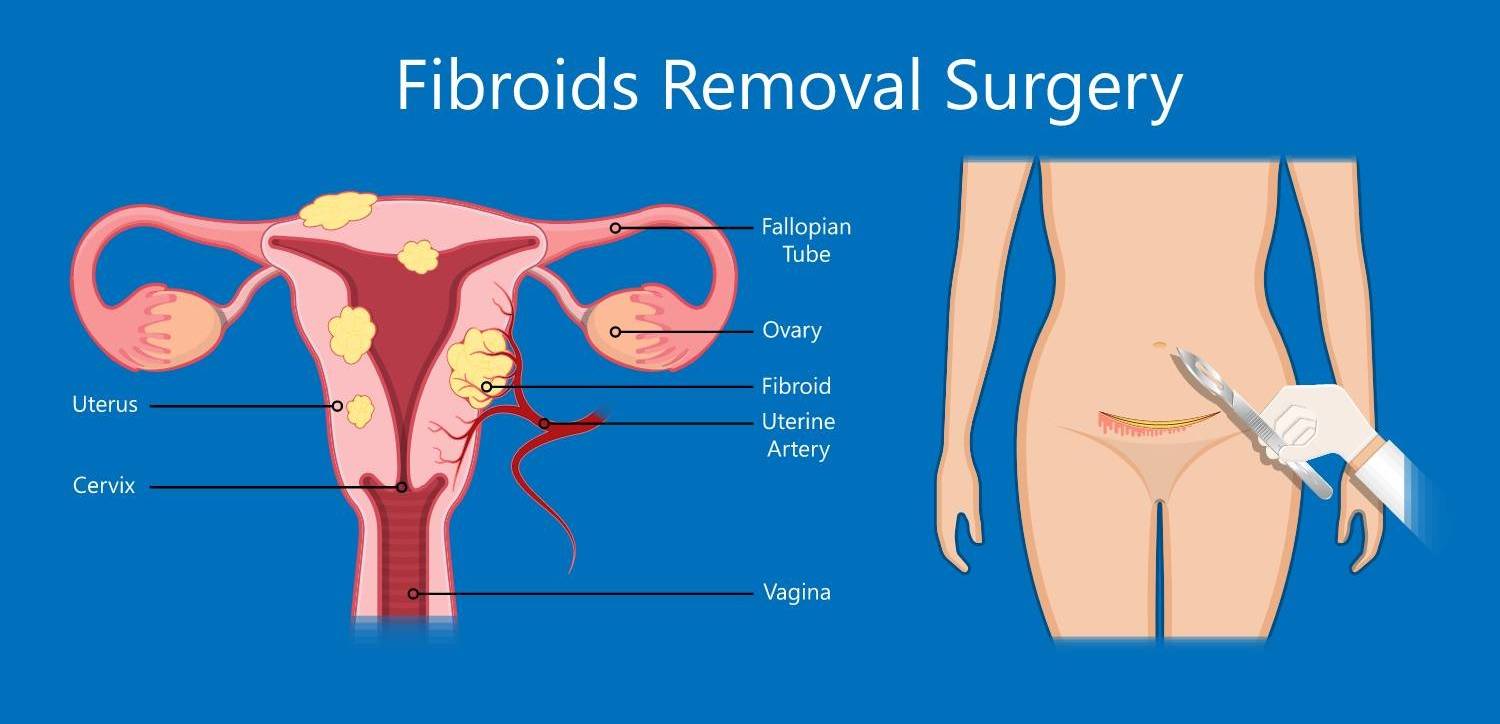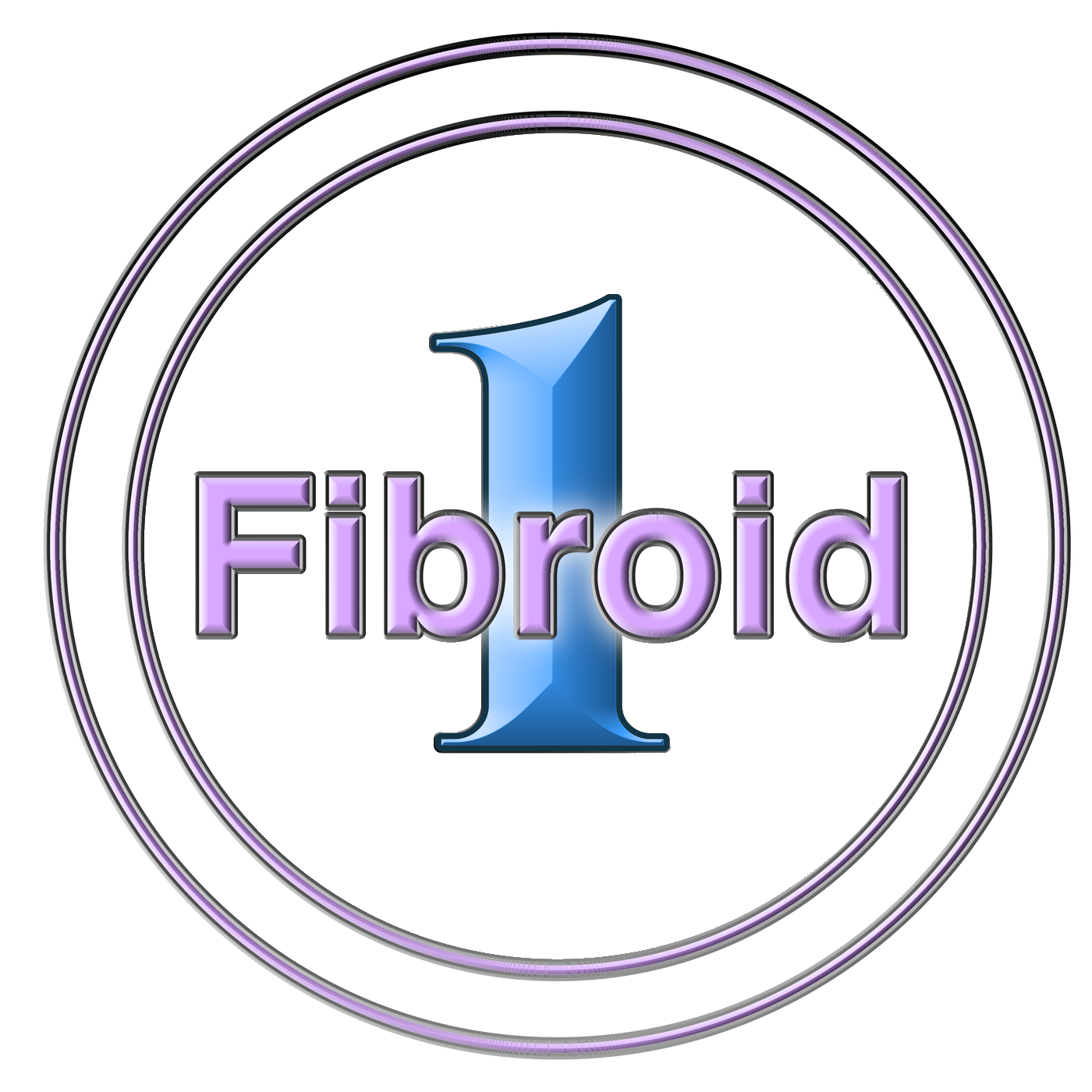Learn More About Myomectomy:
In some cases, having uterine fibroids can interfere with daily activities, causing excessive pelvic pain, uncontrollable menstrual bleeding, constant pelvic pressure, and other hormonal problems. For fibroids that require surgery, most would often default to hysterectomies, but unlike hysterectomies, myomectomies remove the fibroids surgically without removing the uterus or other reproductive organs. Women who undergo myomectomies often report improvement in symptoms, and at FibroidOne, we can provide myomectomies to help relieve fibroid pain alongside other fibroid treatments, such as uterine fibroid embolization.

UFE vs. Myomectomies For Fibroids
While both treatments offer their own advantages, it’s important to understand the difference between the two procedures to help patients choose from their options. At FibroidOne, we can treat fibroids using both of these methods, and below we’re going to describe how these two procedures differ:
Myomectomy: Myomectomies are performed with a specific goal in mind – to surgically remove the fibroids, leaving behind the uterus and cervix to help alleviate symptoms. Myomectomies are often recommended for those who intend on having children, have fibroids that might be interfering with fertility, and for those who desire to keep their uterus. It has minimal complication risks, and at most risks from this procedure include scar tissue, excessive blood loss, and potential pregnancy complications. To further mitigate these risks, other treatments may be recommended.
Uterine Fibroid Embolization: Uterine fibroid embolization works by blocking small blood vessels to deprive the fibroids of nutrients. It is a minimally invasive procedure that causes the fibroid to soften and shrink in size. For women who desire to have children, this less invasive method can help preserve fertility and hormonal cycles but also presents similar risks of scarring and fibroid redevelopment.
Myomectomies and UFE treatments both offer similar benefits, but differ on their methods. While myomectomies surgically remove fibroids through traditional methods, uterine fibroids embolization uses radiography to locate the fibroids and target them with microparticles. However, unlike myomectomies, UTE is a minimally invasive procedure that operates through the abdomen, leaving behind minimal scarring.
Myomectomies for Fibroid Treatment
At FibroidOne, there are different methods that can be used to surgically remove fibroids, as each method can help address the different types of uterine fibroids and their locations:
Abdominal Myomectomy: In abdominal myomectomy, an abdominal incision is made to access the uterus and remove the fibroids. The surgical cut will normally be made along the bikini line and for larger uteruses, vertical incisions may need to be made.
Laparoscopic Myomectomy: Laparoscopic myomectomy uses incisions along or near the belly button, and a laparoscope (a narrow tube with a camera) is inserted into the abdomen. Then, through other small incisions, the surgeon will surgically remove the fibroids.
Robotic Myomectomy: Robotic myomectomy creates smaller incisions similar to the laparoscopic method, but uses robotic instruments through a separate console to surgically remove the fibroids.
In some cases, the fibroids will be cut into pieces, and in other times the fibroids will be removed through bigger incisions, but all of these methods will depend on the size and number of fibroids you may have. For more information about myomectomies, contact our fibroid specialist at FibroidOne can help you make a decision on the best procedure for you.
FibroidOne can help you decide on the best procedure for you.











